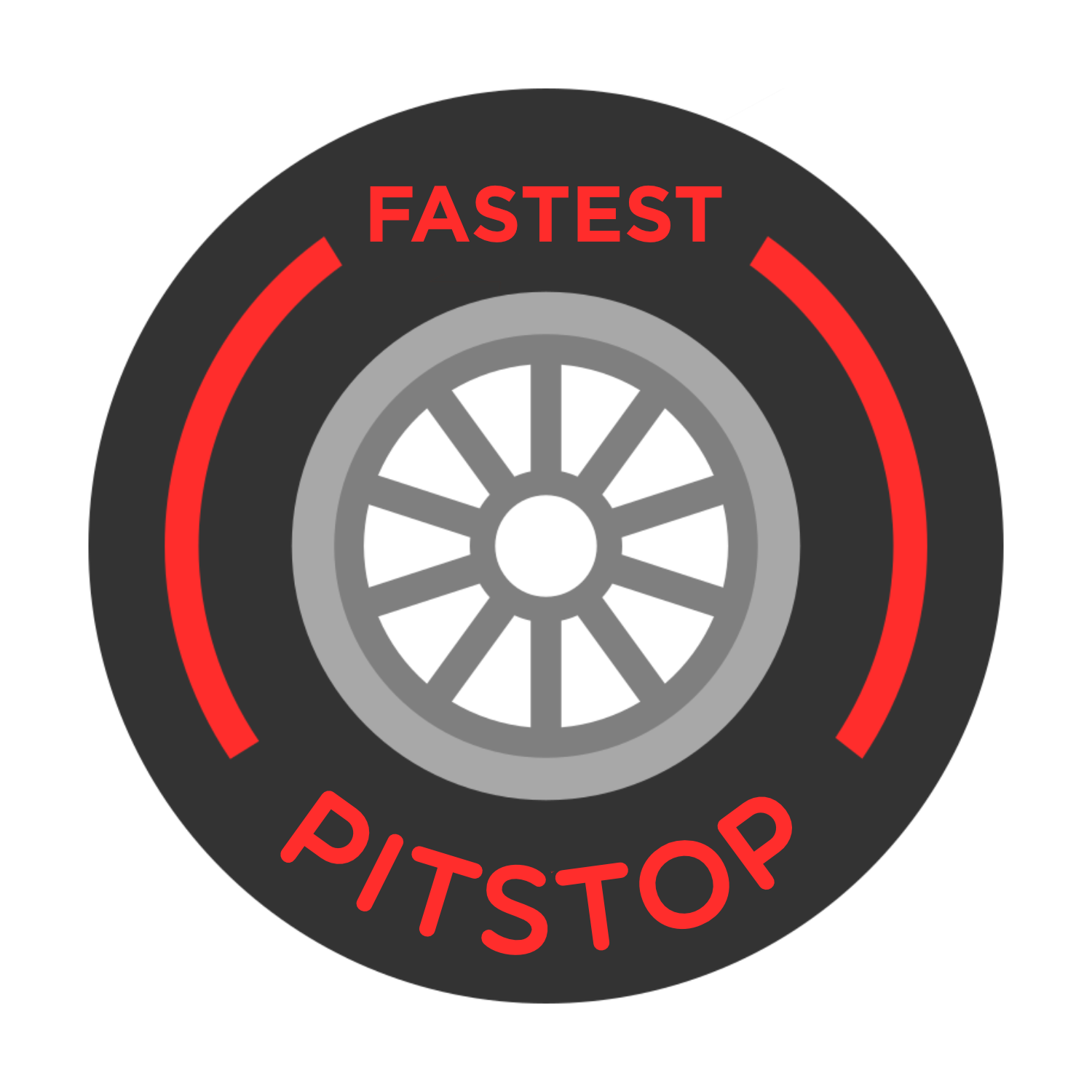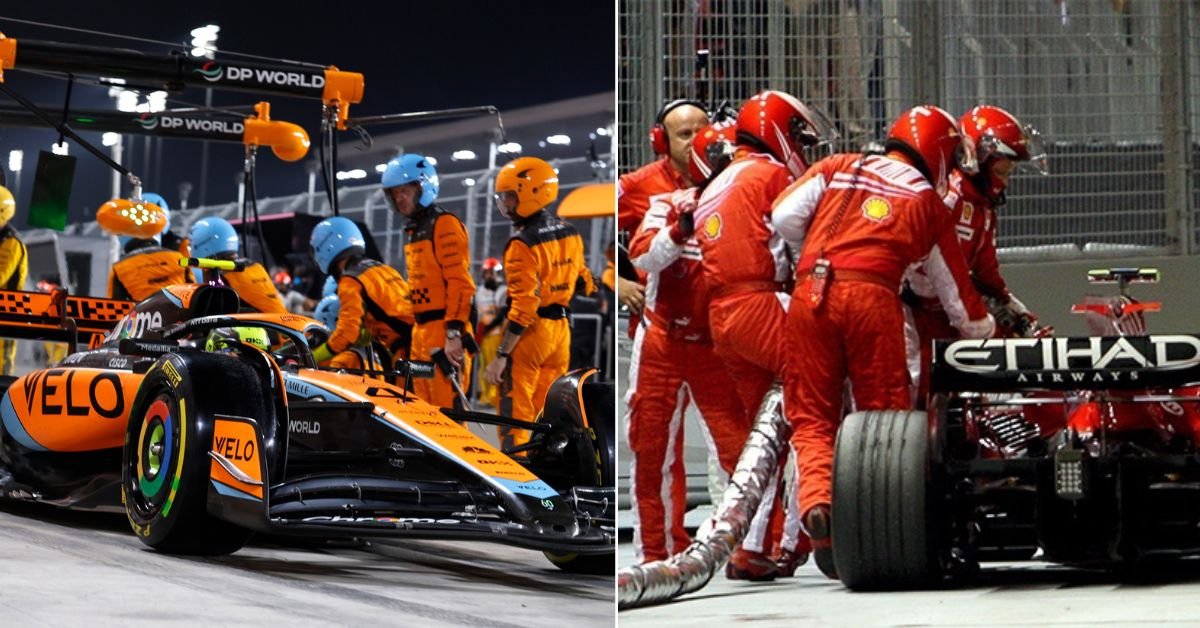Pit stops are a crucial part of F1. They are an integral part of the sport which can change the outcome of a race. During the Qatar GP in 2024, George Russell lost a potential podium when a botched pitstop left him in traffic, costing him valuable time to his rivals.
Pit stops are the process of changing the tyres of an F1 car as they wear out quickly due to the high speeds. This is done by a team called the pit crew, with 3 people per tyre, one for screwing/unscrewing the tyre, the other two to replace the actual tyre.
As F1 is a team sport, the pit stop is not just down to the driver. The team has strategists looking for a gap to give the driver free air on fresh rubber. The crew are responsible for changing the tyres but the driver needs to stop on the mark. At the 2023 Qatar Grand Prix, McLaren recorded the fastest pit stop in history with Lando Norris, with a time of 1.80 seconds.
The rules of pit stops in F1
In F1, a pit stop is mandatory. The rules clearly state in a dry race, two compounds of tyres must be used. However, when wet conditions arise and the intermediate or full wet tyres are used, a driver doesn’t need to stop for any other compound.
As of the rule change in the 2010 season, F1 cars must now have enough fuel to run the entire race. Before this rule change, fuel was added to the car during the pit stop. This however caused major safety issues.
In the 2008 Singapore Grand Prix, race leader Felipe Massa took the fuel hose with him after he was told to leave the pit box. On other occasions like Kimi Raikkonen in Brazil 2009, the car caught fire after fuel splattered the car.
Our first trip to Singapore was a dramatic one for many reasons 🤯
Felipe Massa’s title aspirations took a huge blow after this nightmare pit stop 😩 He led the race… but finished an unlucky P13#F1 #SingaporeGP pic.twitter.com/xzcxxoiokG
— Formula 1 (@F1) September 20, 2019
For safety reasons, the pit lane has a speed limit. Each car’s steering wheel has a speed limiter button. Speeding above the 80 KMPH limit will result in a penalty. A penalty will also be applied to a driver if they leave their pit box unsafely or into another car’s path.
How pit stops can be used for a tactical advantage
On some tracks on the calendar, overtaking can be difficult. Sometimes the only way to overtake is by using a pit stop for a tactical advantage by undercutting or overcutting. An undercut is where the driver will ‘box’ before their rival and gain time on fresh rubber. However, the risk is that even on fresh tyres, a driver might get stuck in traffic and lose time.
On Sunday, @McLarenF1 produced the fastest pit stop of ALL TIME! 😱
A ridiculous 1.80s stop for @LandoNorris earns them the @DHL_Motorsports Fastest Pit Stop in Qatar!
2023 leaderboard 👉https://t.co/F2dWiQGk6K#QatarGP #F1 #MomentsThatDeliver pic.twitter.com/AUKUv8VjIs
— Formula 1 (@F1) October 9, 2023
The overcut is another option. If a driver is losing time behind another car through losing performance in dirty air, they can go longer. This allows the driver to pump in fast times. Even if the driver then loses the position, they will have fresher rubber than their rival and can close the gap.
Pit stops serve both safety and tactical reasons for various reasons as a worn tyre is bound to blow, causing a crash. The tactical aspect is the undercut and overcut that the teams can do to give themselves the advantage.













Tell me can you answer this ? are all the wheels axles fitted with right hand threads? or does one side have left hand treads? thanks in advance.